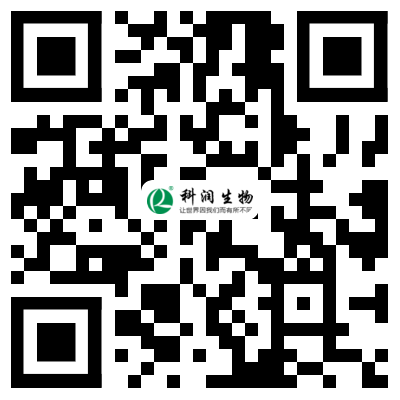Clear direction of adjustment and optimization of printing and dyeing auxiliaries industry
"The direction for future adjustment and optimization of the industry should be based on scientific and technological innovation as the main line, and develop new, multifunctional and characteristic environment-friendly auxiliaries, improve production efficiency, reduce pollutant emissions, and speed up adjustment and optimization of industrial structure, so as to meet the requirements of high quality, high comfort and Gao An total textiles." On October 18, at the Kefeng national textile printing and dyeing auxiliaries industry seminar held in Jiangsu Province, experts and enterprises reached such a consensus.
Lin Lin, Secretary General of China printing and dyeing industry association, said that printing and dyeing auxiliaries are essential for improving the performance and added value of textiles, as well as one of the sources of harmful substances introduced into textiles. On the one hand, improper use of printing and dyeing auxiliaries is easy to cause harm to human health in the process of wearing or using textile products; on the other hand, after printing and dyeing processing, almost all of the auxiliaries and some dyes will remain in the wastewater and become the main pollutants in the wastewater. She pointed out that printing and dyeing auxiliaries should be developed in the direction of safety and non toxicity, pay attention to the implementation of Oeko tex Standard 100 (2006 Edition) and other international standards in China's textile chemical products, prohibit the use of prohibited substances and restricted substances in textile chemicals, and develop new green products that meet the requirements of safety and environmental protection.
Kang Baoxiang, Secretary General of China Dyestuff Industry Association and director of textile printing and dyeing auxiliaries special committee, said that in view of the new demand of the textile industry, auxiliaries enterprises should increase R & D investment and focus on the development of ecological safety printing and dyeing auxiliaries suitable for new dyeing and finishing technologies. For example, the development of new green printing and dyeing auxiliaries, focusing on the research and development of degreaser with emulsifying and washing power, to solve the core problems of low temperature, low foam and low COD in the pretreatment products; the second is the use of nano, biological, microemulsion and slow-release technology to modify the traditional printing and dyeing auxiliaries, to obtain high-efficiency auxiliaries with a variety of special functions; The third is to develop low-carbon, short process, high-function and high value-added additives, including high specificity, high function, low-temperature and multi-function additives; the fourth is to develop additives applied to intelligent textiles and high-performance industrial textiles.
In addition, during the 13th Five Year Plan period, the printing and dyeing auxiliaries industry should accelerate the replacement of prohibited substances such as perfluorooctane sulfonates (PFOS), perfluorooctanoic acid (PFOA), nonylphenol (NP), nonylphenol polyoxyethylene ether (NPE), so as to promote the healthy development of printing and dyeing auxiliaries towards a safer and more environmentally friendly direction.
In view of the above innovative research and industrial development trend, domestic printing and dyeing auxiliaries enterprises have been in action. Li Yunfeng, general manager of Zhejiang Kefeng silicone Co., Ltd., said that the block silicone oil produced by the company has been used in the field of printing and dyeing, and the hand feel of textile products is obviously better than that of products using traditional amino silicone oil. In addition, according to Wang Shuhua, director of the national fluorine materials engineering technology research center, the fluorine-containing easy decontamination finishing agent developed by the center not only has the oil repellent group of perfluoroalkyl group, which ensures that the textile has oil repellent, water repellent and antifouling effects in the air, but also has hydrophilic groups such as carboxyl group and hydroxyl group, which endows the textile with certain hydrophilicity and improves its easy decontamination when washed in water.
At the meeting, Tian liming, vice president of China Dyestuff Industry Association, read out the list of top 20 printing and dyeing auxiliaries enterprises with comprehensive strength in 2015.





Kelun Chinese station

Kerun International Station
 Jimo,Qingdao,China
Jimo,Qingdao,China
 0086-532-86538266
0086-532-86538266
 Jimo,Qingdao,China
Jimo,Qingdao,China
 0086-532-86538255
0086-532-86538255
 Jimo,Qingdao,China
Jimo,Qingdao,China
 0086-532- 86538288
0086-532- 86538288